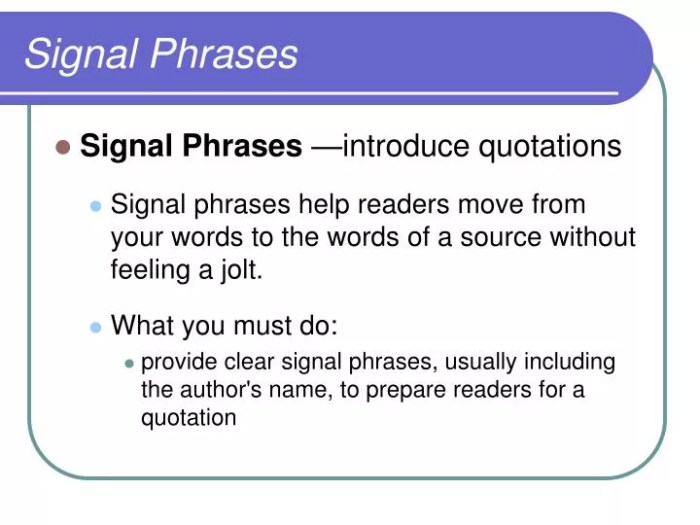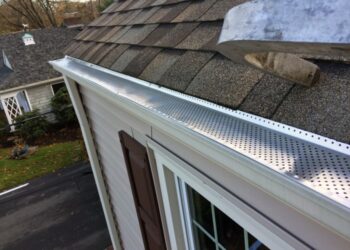Siding outside sets the stage for this enthralling narrative, offering readers a glimpse into a story that is rich in detail and brimming with originality from the outset. From different materials to installation tips, and design options to maintenance requirements, this guide covers it all for those looking to enhance their exterior with quality siding.
Types of Siding Materials
Vinyl, wood, fiber cement, metal, and brick are common materials used for exterior siding. Each material has its own advantages and considerations when it comes to durability, maintenance, and suitability for different climates.
Vinyl Siding
- Vinyl siding is known for its durability and low maintenance requirements.
- It is resistant to rot, moisture, and insects, making it a popular choice for many homeowners.
- However, vinyl siding can fade over time and may crack or warp in extreme weather conditions.
Wood Siding
- Wood siding has a timeless, natural look that many homeowners find appealing.
- It requires more maintenance than vinyl, needing regular painting or staining to protect it from the elements.
- Despite its maintenance needs, wood siding can be more susceptible to rot and insect damage than vinyl.
Popular Siding Materials in Different Climates
- In humid climates, fiber cement siding is a popular choice due to its resistance to moisture and mold.
- In areas with harsh winters, metal siding can provide extra insulation and durability against snow and ice.
- Brick siding is a versatile option that can withstand a variety of climates, from hot and dry to cold and wet.
Siding Installation

Installing siding on the exterior of a building is a crucial step in enhancing both the aesthetic appeal and protection of the structure. Proper installation ensures durability and weather resistance, making it essential to follow the correct procedures.
Tools and Equipment for Siding Installation
- Hammer
- Nails or screws
- Siding panels
- J-trim and utility trim
- Tape measure
- Level
- Caulking gun
- Saw for cutting siding
Tips for Proper Alignment and Spacing
- Start with a level base and ensure each subsequent row is aligned correctly.
- Use spacers to maintain consistent spacing between siding panels for a professional finish.
- Regularly check for level and plumb as you progress to prevent any misalignment.
- Overlap siding panels according to manufacturer’s instructions to avoid gaps.
Common Challenges During Siding Installation
- Warped or damaged siding panels may affect the overall installation process.
- Incorrect measurements can lead to improper alignment and spacing issues.
- Weather conditions such as strong winds or rain can disrupt the installation process.
- Inadequate preparation of the surface can result in poor adhesion of siding panels.
Siding Design and Styles

When it comes to siding design and styles, there are numerous options available to enhance the exterior of a home. The choice of siding can significantly impact the curb appeal of a building, making it essential to select a design that complements the architectural style of the property.
Different Siding Design Options
- Horizontal Siding: This traditional style offers a classic look and is widely used in various architectural designs.
- Vertical Siding: Vertical siding can create a unique visual appeal and works well on contemporary and modern homes.
- Shingle Siding: Mimicking the look of cedar shakes, shingle siding adds texture and character to a building.
- Board and Batten: This style features wide boards with narrow strips (battens) covering the seams, providing a rustic charm.
Enhancing Curb Appeal with Siding Styles
- Color Selection: Choosing the right color for siding can make a significant impact on the overall look of a home.
- Texture and Patterns: Mixing different textures or patterns can add depth and visual interest to the exterior.
- Accent Features: Incorporating elements like trim, shutters, or decorative accents can enhance the overall aesthetic appeal.
Trending Siding Designs in Modern Architecture
- Minimalist Approach: Clean lines, neutral colors, and simple designs are popular in modern architecture.
- Mixed Materials: Combining different siding materials like wood, metal, or fiber cement for a contemporary look.
- Large Panels: Using oversized panels for a sleek and seamless appearance on the exterior.
Choosing the Right Siding Design
- Consider Architectural Style: Match the siding design with the overall architectural style of the building for a cohesive look.
- Climate Adaptability: Select siding materials that can withstand the climatic conditions of the area for durability.
- Maintenance Requirements: Choose a siding design that aligns with the maintenance level you are willing to commit to in the long run.
Maintenance and Care
Regular maintenance is essential to keep your exterior siding in good condition and extend its lifespan. Cleaning and inspecting your siding regularly can help identify any issues early on and prevent costly repairs in the future.
Importance of Cleaning and Inspecting Siding Regularly
- Regular cleaning helps remove dirt, mold, and mildew that can accumulate on the surface of the siding, preserving its appearance and preventing damage.
- Inspections allow you to identify any cracks, chips, or other damages that may need immediate attention before they worsen.
- Addressing issues promptly can prevent moisture from seeping into the siding and causing further damage or rot.
Tips on Repairing Minor Damages to Siding
- For minor cracks or chips, use exterior caulk to seal the area and prevent water infiltration.
- If a piece of siding is loose, secure it back in place with nails or screws to prevent it from coming off completely.
- Paint touch-ups can help maintain the appearance of your siding and protect it from the elements.
Impact of Weather Conditions on Maintenance Needs
- Extreme heat can cause vinyl siding to warp, while cold temperatures may make it brittle and prone to cracking.
- High humidity levels can lead to mold growth on siding, requiring more frequent cleaning to prevent damage.
- Severe storms with strong winds can loosen or damage siding panels, necessitating immediate repairs to prevent further issues.
Last Word

As we conclude this insightful journey into the world of siding outside, readers are equipped with a wealth of knowledge to make informed decisions about their exterior needs. From choosing the right design to understanding maintenance essentials, this guide serves as a valuable resource for anyone seeking to elevate the aesthetics and functionality of their home’s exterior.
FAQ Insights
How often should I clean my siding?
It’s recommended to clean siding at least once a year to prevent dirt and grime buildup.
What tools are essential for siding installation?
Key tools include a hammer, level, utility knife, and caulking gun for a successful installation process.
Can I paint vinyl siding?
While it’s possible, it’s not recommended as the paint may not adhere well to the surface and could lead to maintenance issues.








